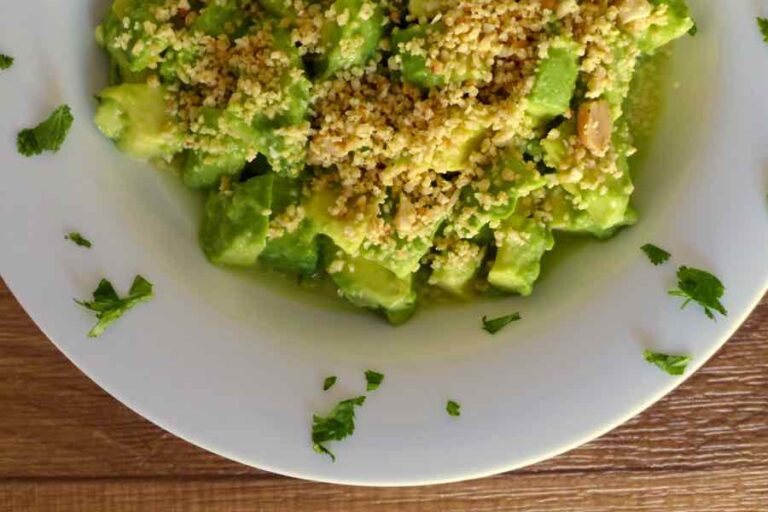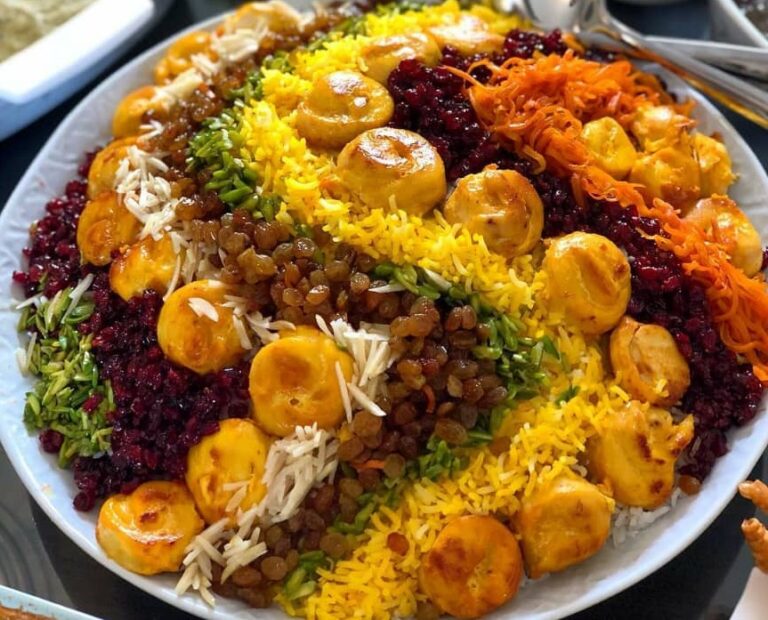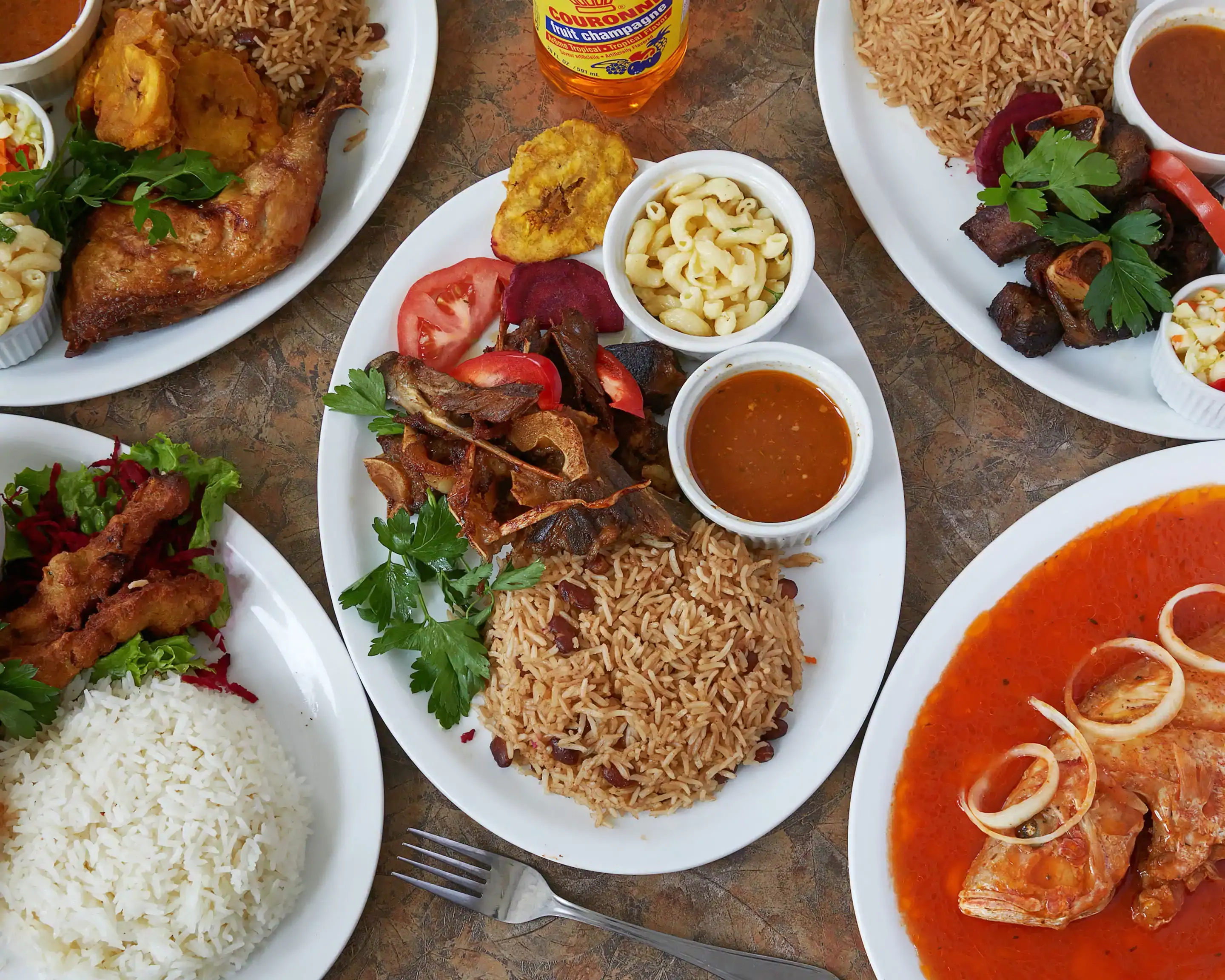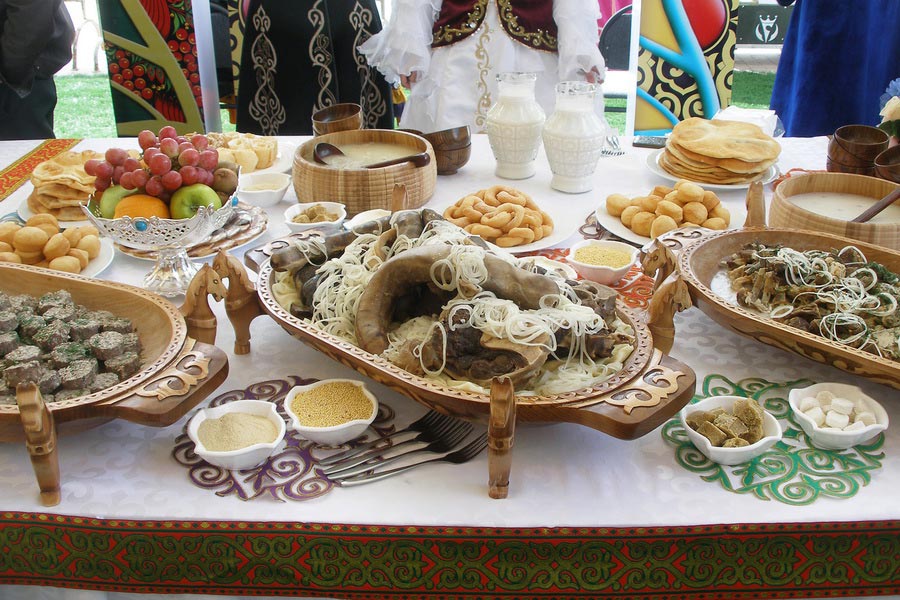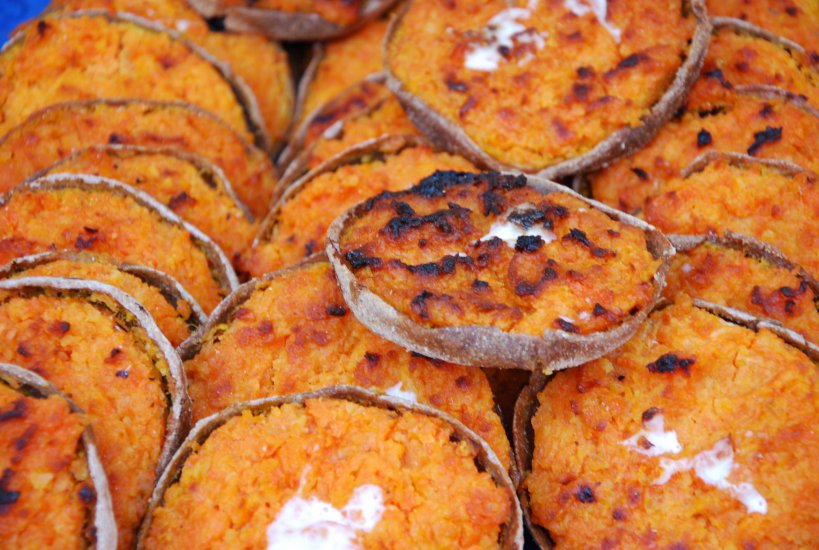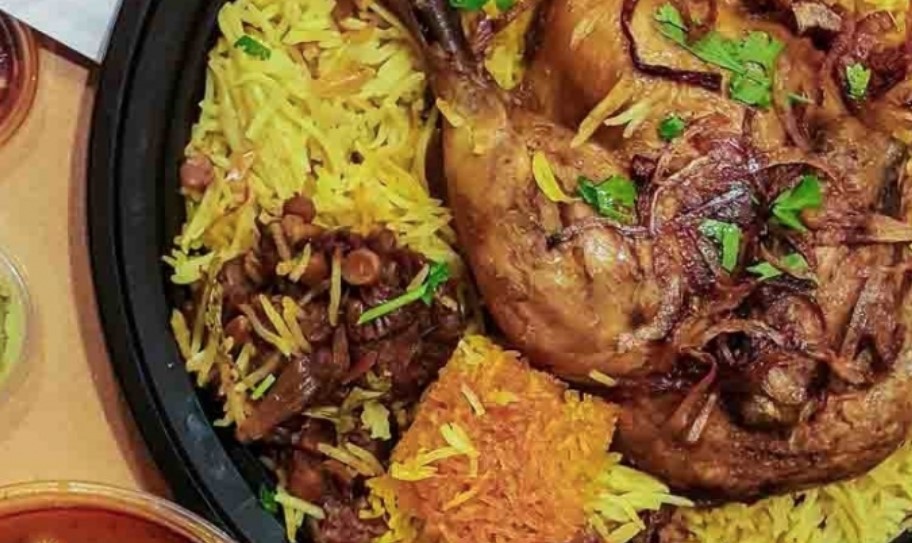Introduction: Street Food in Eswatini
Street food is an integral part of Eswatini’s culinary culture. It is a popular and affordable option for locals and tourists alike, offering a variety of delicious dishes that are unique to the country’s cuisine. From grilled meats and poultry to fried snacks and sweet treats, there is always something to suit everyone’s taste buds. However, with the growing concerns surrounding food safety and hygiene, it is natural to question whether street food in Eswatini is generally safe to eat.
Food Safety Regulations in Eswatini
In Eswatini, food safety regulations are primarily enforced by the Ministry of Agriculture and the Ministry of Health. These regulations are aimed at ensuring that all food products, including street food, meet the required standards of safety and quality. Street food vendors are required to obtain a license from the Ministry of Health and adhere to specific guidelines to maintain their permit.
Hygiene Standards of Street Food Vendors
The hygiene standards of street food vendors in Eswatini are a crucial factor in determining the safety of the food they sell. The Ministry of Health has set strict guidelines that vendors must follow to maintain their permit. These guidelines include regular hand washing, maintaining a clean and sanitized cooking area, using clean utensils and cutting boards, and wearing clean and appropriate clothing.
Common Street Food Items in Eswatini
Some of the most popular street food items in Eswatini include grilled meat skewers known as “braai,” fried chicken and chips, “bunny chow,” which is a hollowed-out loaf of bread filled with spicy curry, and “emahewu,” a traditional porridge made from fermented maize meal.
Risks and Benefits of Eating Street Food
Eating street food in Eswatini has its risks and benefits. The benefits include affordability, convenience, and exposure to the local culture and cuisine. However, the risks include food poisoning, contamination, and the spread of diseases.
Food Poisoning and Other Health Risks
Food poisoning is a significant health risk associated with street food in Eswatini. Contamination of food can occur at any stage of preparation, from handling and storage to cooking and serving. Street food can also contain allergens that can cause severe allergic reactions in some individuals.
Ways to Minimize Risks When Eating Street Food
There are ways to minimize the risks associated with eating street food in Eswatini. Firstly, it is advisable to only eat from vendors who have a valid permit from the Ministry of Health. Secondly, observe the hygiene practices of the vendor and ensure that they use clean utensils and cooking equipment. Lastly, avoid eating street food that has been sitting out for extended periods or does not look fresh.
Conclusion: Final Thoughts on Street Food in Eswatini
In conclusion, street food in Eswatini can be a safe and delicious option when proper precautions are taken. Observing the hygiene standards of the vendor and minimizing risks by avoiding potentially contaminated food can ensure that street food experience in Eswatini is enjoyable and without any health complications. With its vibrant and diverse culinary scene, street food is an essential part of Eswatini’s culture that cannot be missed.

